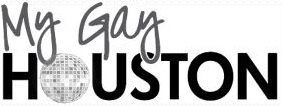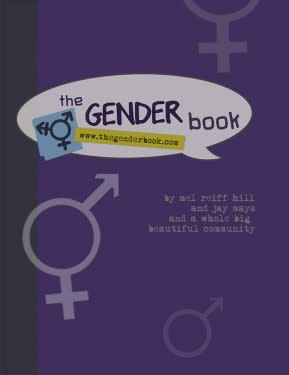We no longer speak of the world as having two binary genders, male and female. Now individuals are finding ways both more full and succinct to define the nuances of their being. The question arises: What are the exact definitions of these new words? How big is the gender spectrum? How is cisgender different from gender fluid? What do you mean there is more than one meaning to the word transgender? How can I be a better ally?
Houston residents Mel Reiff Hill and Jay Mays realized there were no easily accessible, well-researched and clear answers to these questions. There wasn't a simple book on gender definitions and differences. Perhaps this was because defining gender is a complicated issue and can be controversial if it is not done correctly, carefully and respectfully. They began conducting interviews and compiling research to study how and why people define themselves the way that they do. In March 2014, The Gender Book was published as a result of their work, and it has helped serve as a tool for many people to navigate and understand these changes.
The Gender Book is narrated by Boston. Boston begins by having readers consider what they think they know about gender and asks them to throw those thoughts aside. Gender isn't biology, and it isn't psychology. It isn't obvious or static. The goal is for readers to separate what society has defined in gender roles, pink and blue, dolls and trucks, haircuts and clothes, and to find where they fall on the gender spectrum.
Hailing from Montrose Houston, an area with diverse gender identities, the creators knew they wanted to include any and all definitions they could. The book asks readers to consider: What is gender? What is the difference between gender and sex? How has the idea of gender changed through history? What identities fall under the transgender umbrella? Although the book includes thoroughly researched identity definitions, these definitions still may vary by individual. "There is space for all readers to redefine terms and identify themselves as they see fit."
The 90-page book is visually appealing - it's a full-color graphic novel with handwritten text, which gives it the accessible feel of a children's book and makes it less intimidating for people who want information but perhaps don't have the time to invest in a long, text-heavy undertaking. The text is most appropriate for high school age and up but can be utilized to educate any age group. An e-book is also available on the website, and it is offered at a pay-as-you-can rate. Offering the book at a variable price point opens wider access to the book and makes certain that people who may not have money to buy it can still obtain the information.
In order to bring the book to life, its creators carried out a successful Kickstarter campaign. They also received aid from the Houston Arts Alliance and The Idea Fund. The book has received almost entirely positive feedback, including a story on Houston's KPFT radio program. BuzzFeed wrote, "'The Gender Book' Everyone Should Read. Clear enough for your mom to understand, real enough to hit home on every page." The Huffington Post Review said, "The book...may be one of the most comprehensive and user-friendly pieces of literature on the topic of gender in recent history."
Besides the book itself, the companion website offers a bevy of useful information and resources (including crowdfunding advice) for educators, students, and for people who are interested in coming out but aren't sure how to go about it.


